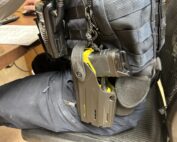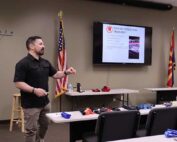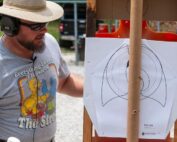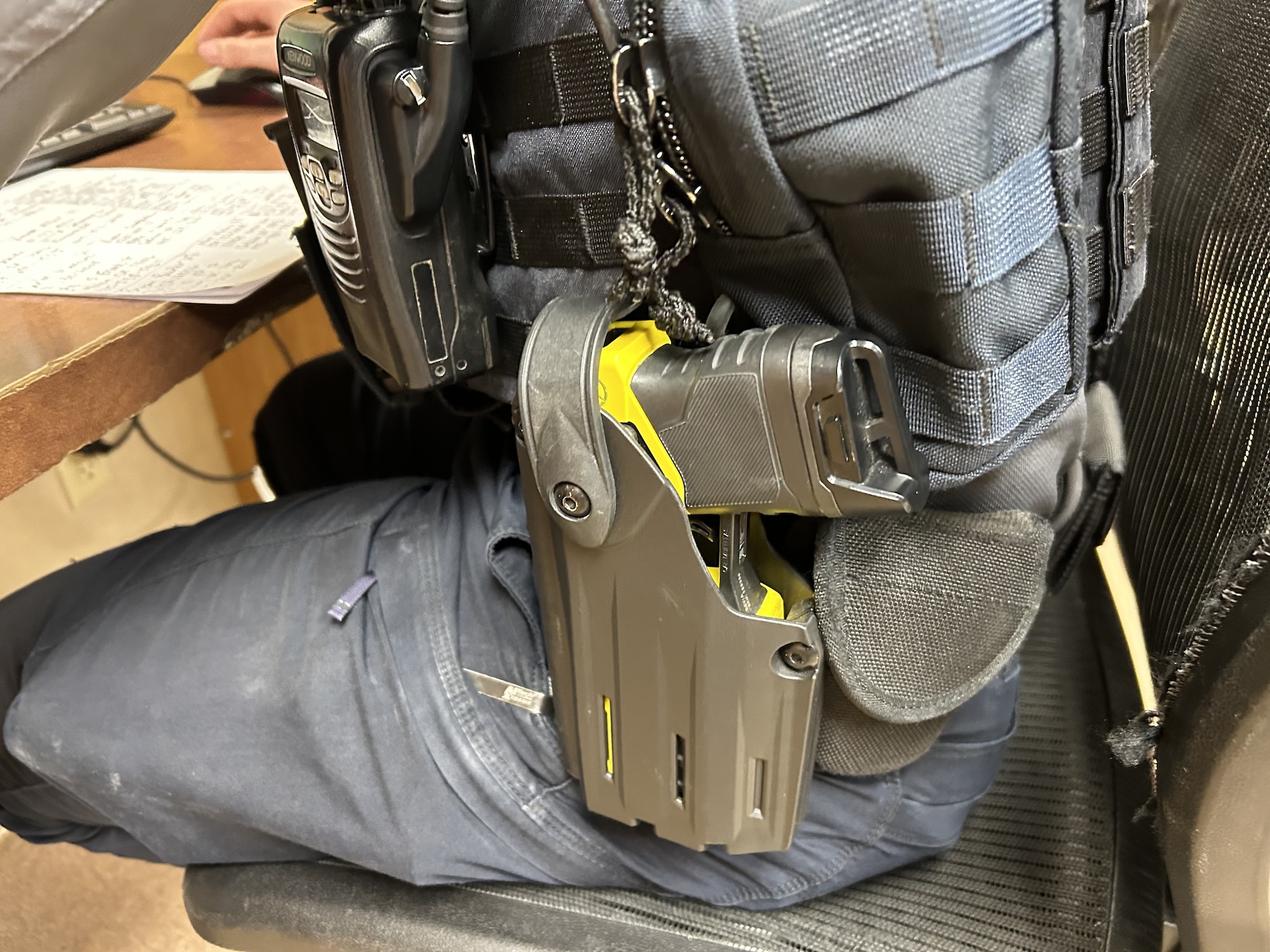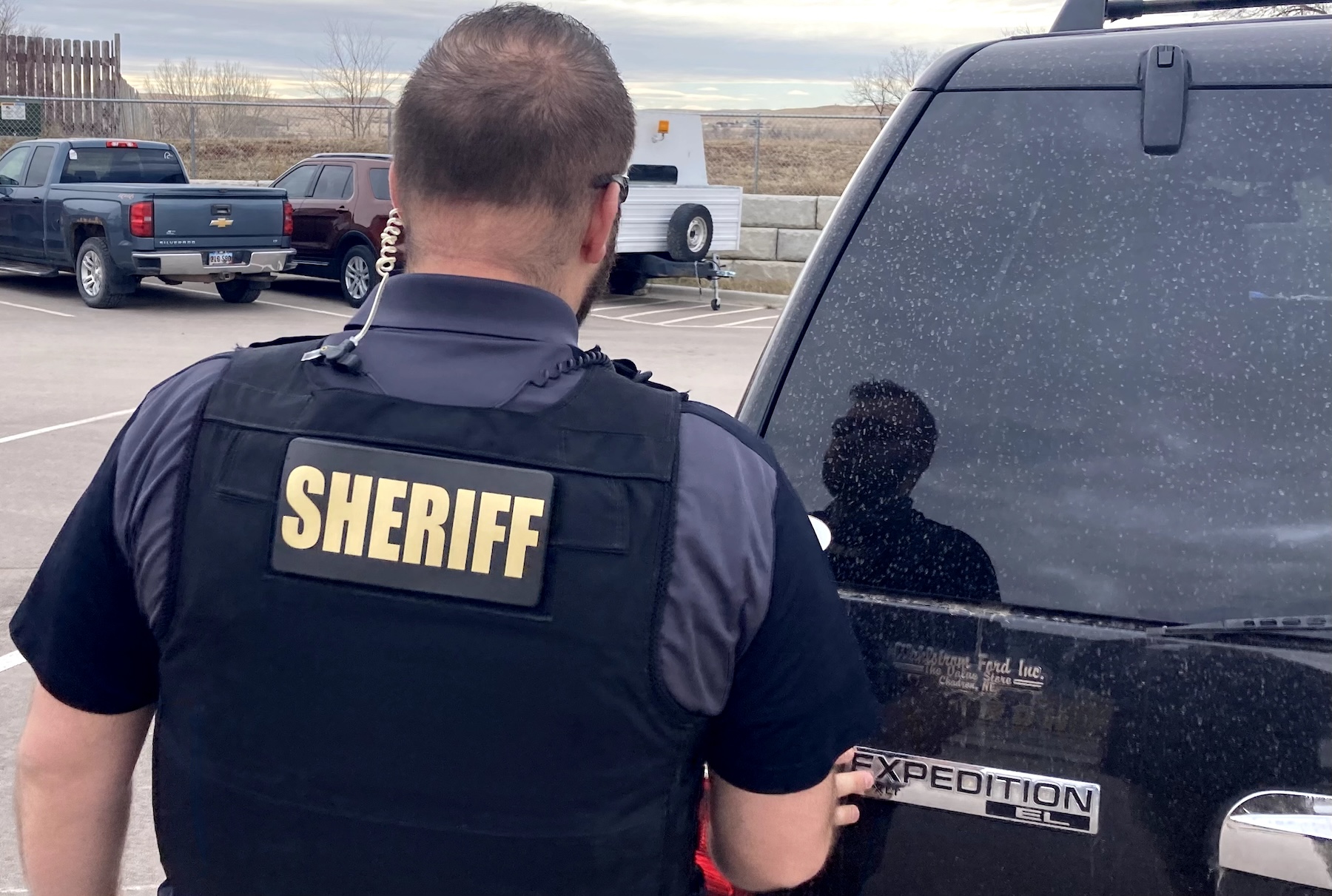
ACMJ10-SL29
A recent winter was a dark and bitter one for law enforcement, and the freezing cold had little to do with it. In Washington State, still mourning the murders of a Seattle cop on Halloween night and a Pierce County deputy the week before Christmas, four officers were shot to death in a Lakewood coffee shop. All were killed by a determined, lone suspect.
In Rochester, New York, the PD was still celebrating an officer’s miraculous recovery after being shot in the head, when two of their cops were ambushed and lit up in a hallway responding to a home invasion call. Both were hit; one lived only because his vest stopped a chest shot.
On a lonely stretch of rural road in Millard County, Utah, Deputy Josie Fox made a solo vehicle stop on a dope dealer. She took one fatal AK round just above the neckline of her vest and died almost instantly.
Las Vegas Metro PD Officer Trevor Nettleton had clocked out of night watch and was off duty, working in his open garage late at night when a carload of ’bangers suddenly bailed out and rushed the garage on a robbery raid. Clearly, they expected an unarmed sheep. Instead they ran into an armed sheepdog who shot it out with them, tagging one in the testicles before he fell mortally wounded.
OLD BOOK, NEW CHAPTER, SAME OLD STORY
The list goes on, and reads much the same. In most cases, the shooters clearly should not have been out on the street. Maurice Clemmons, the Lakewood cop-killer, was serving a 108-year sentence in Arkansas for armed robbery and other crimes when, for unknown reasons, outgoing governor Mike Huckabee commuted that sentence. Clemmons moved to Washington, where he had just posted bail on child-rape charges six days before the coffee shop killings.
Josie Fox’s murderer, Roberto Miramontes Roman, is a thrice-deported, many-times-convicted illegal alien and an alumnus of federal prison. He had posted photos of himself with two handguns and an AK on a social networking web site, warning viewers he was “feeling crazy” and “ready for whatever is next.”
The shooters and accomplices in Rochester and Las Vegas are all known hard-core street thugs and gang-bangers with violent records; scumbags who went over to the Dark Side long ago. Count on this: Mirror-image and similar scenarios will happen, even before this goes to print.
Sure, there has been and will be lots of talk about these cases; unfocused, disorganized, without direction and generally useless. Giving it rational analysis and value is your job.
GET TO WORK ON IT NOW!
First, study the cases above — Lakewood, Rochester, Millard County and Las Vegas. I didn’t just list them because they occurred close together in time, but also because they comprise four distinctly different scenarios, and because essentially, they all sprang from completely routine situations.
Think about it: A cluster of cops where they frequently gather — and have a sense of security about the place; response to a home invasion or other disturbance call in a high-density troubled complex; a solo stop on a known subject of unknown violent potential; hangin’ at home, late at night, open to approach but seemingly safe on “home turf.” Any one of these could happen to you or one of your officers tonight.
Get all the info you can on the physical layouts, distances, chronology, the individuals involved and their actions and reactions. Try to glean it from the agencies, but if all you have are news accounts to work from, do it.
Remember, you don’t even need to get all the details of these particular cases right; you’re not doing forensic reconstruction, you’re using these scenarios as springboards for tactical conversations with your troops. Encourage them to talk about similar situations, both past and hypothetical, putting themselves in those officers’ shoes.
Four cops in a coffee shop? Was there an unconscious assumption of “safety in numbers”? Was anyone specifically assigned the “cover” role — site security? Apartment building hallways can be hell-ways, and while no tactic, no approach can make them safe, they can be rendered less deadly. Single-officer stops on dark, lonely roads are loaded with lethal potential, and the subject is always ripe for re-evaluation. What about Officer Nettleton’s confrontation? How much attention, if any, is currently paid in your agency’s training to safety off-duty? Who even talks about it? Yeah; again, it’s your job.
Books will be written about the Lakewood murders. Trainers will analyze the evidence from the deaths of Deputy Fox and Officer Nettleton, and something will result — exactly when, what, how much and how useful, we simply can’t know at this point. But there is no limit on the value you can achieve quickly, and maybe, just maybe, it will be just enough, and just in time, for one of your cops — tonight.




